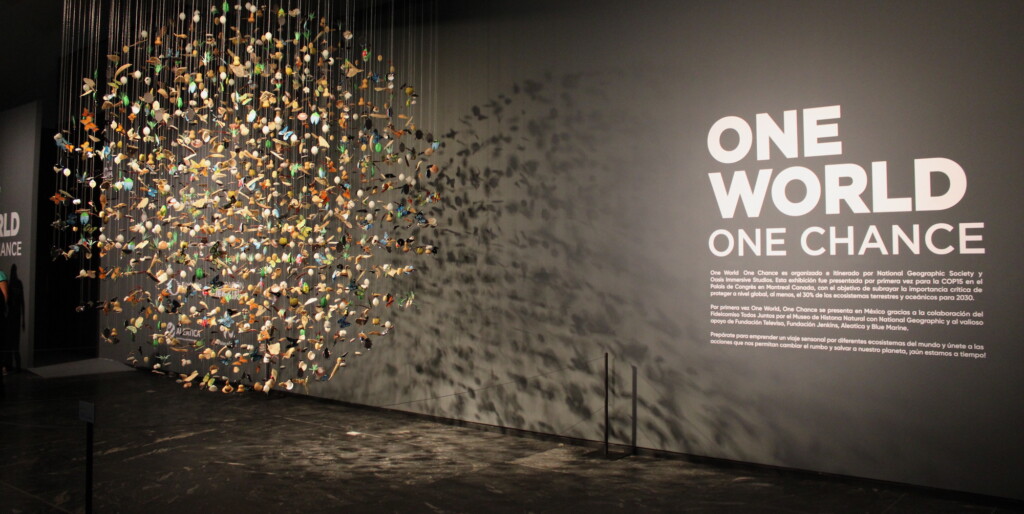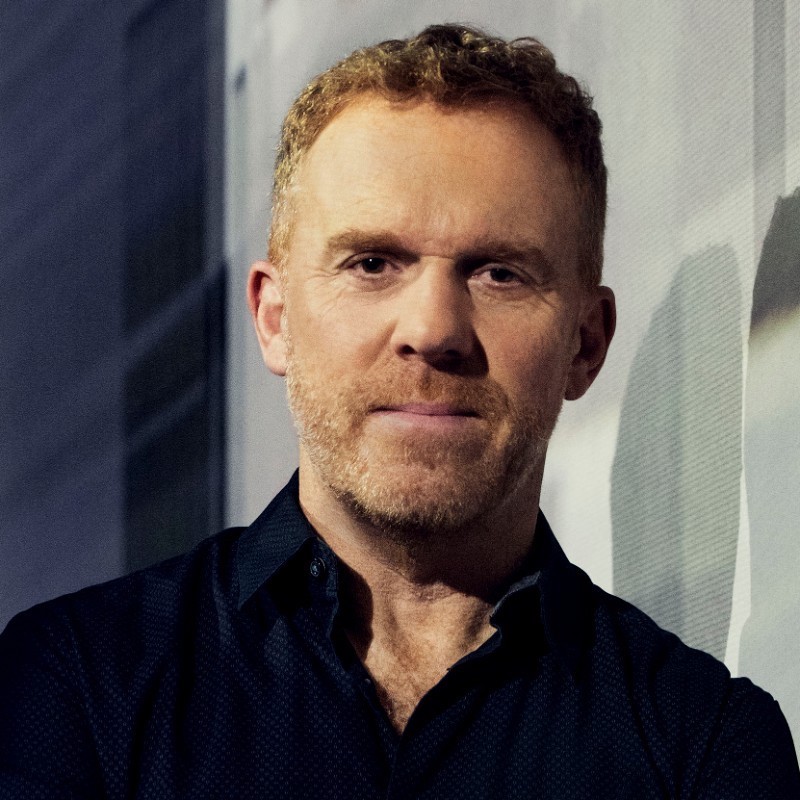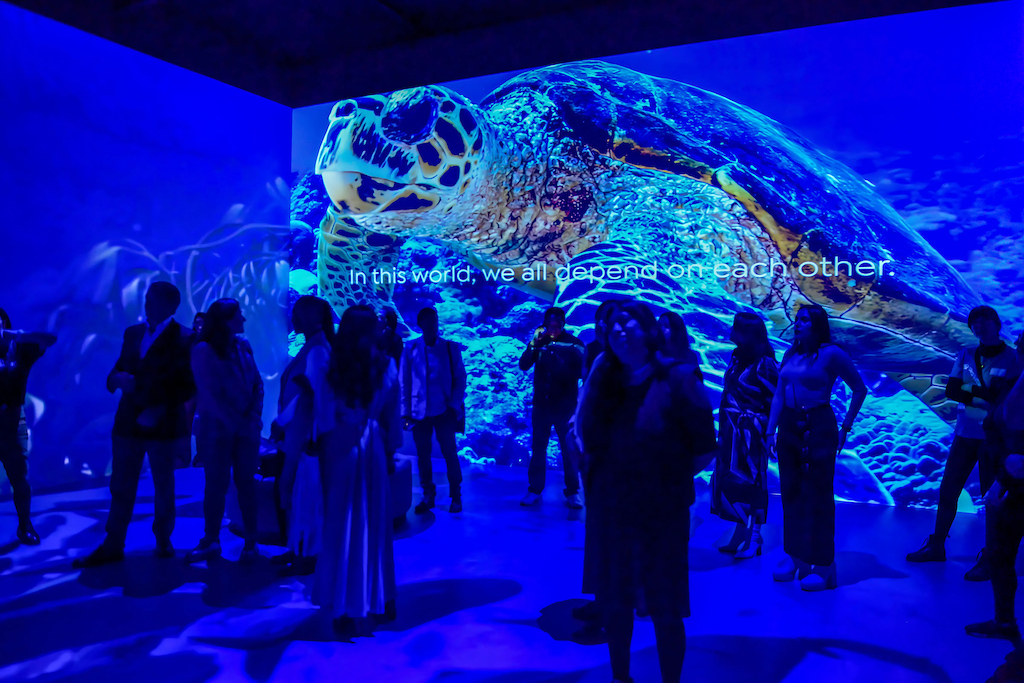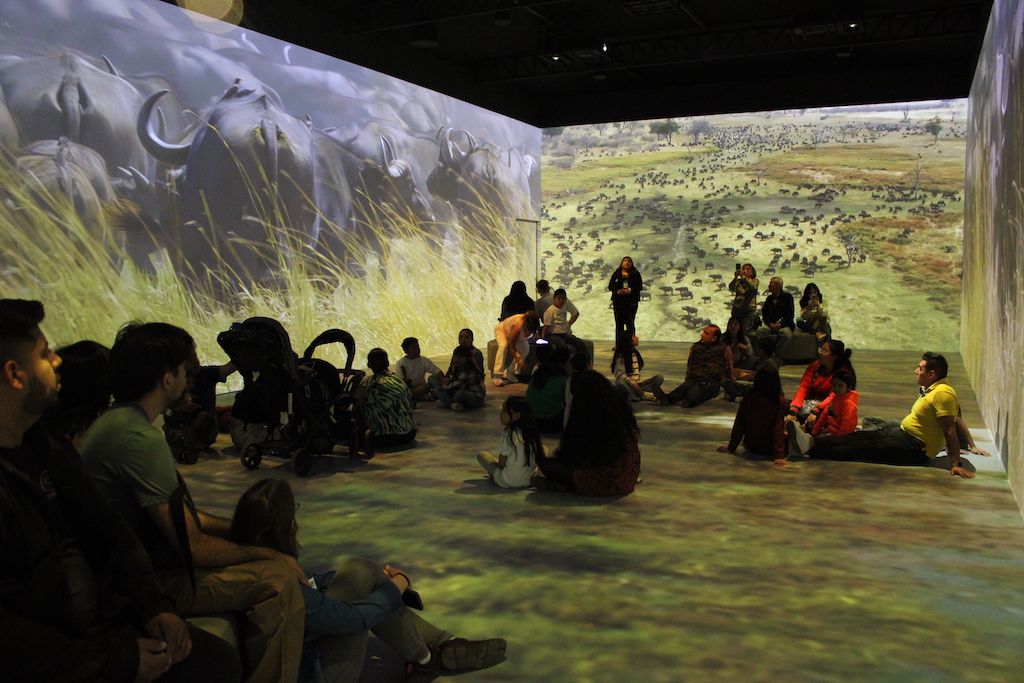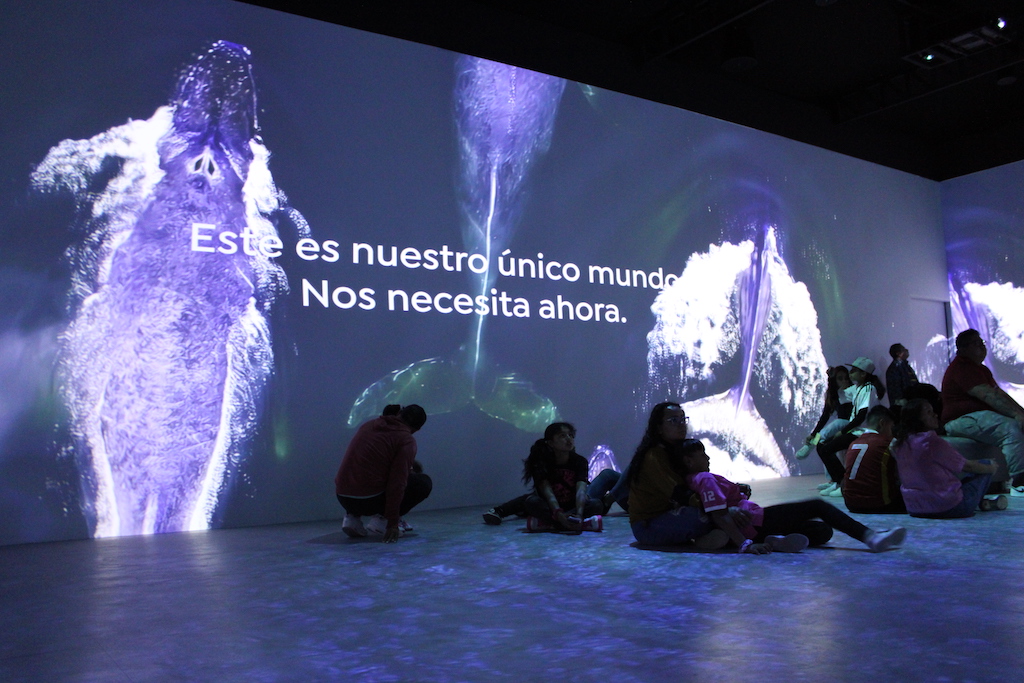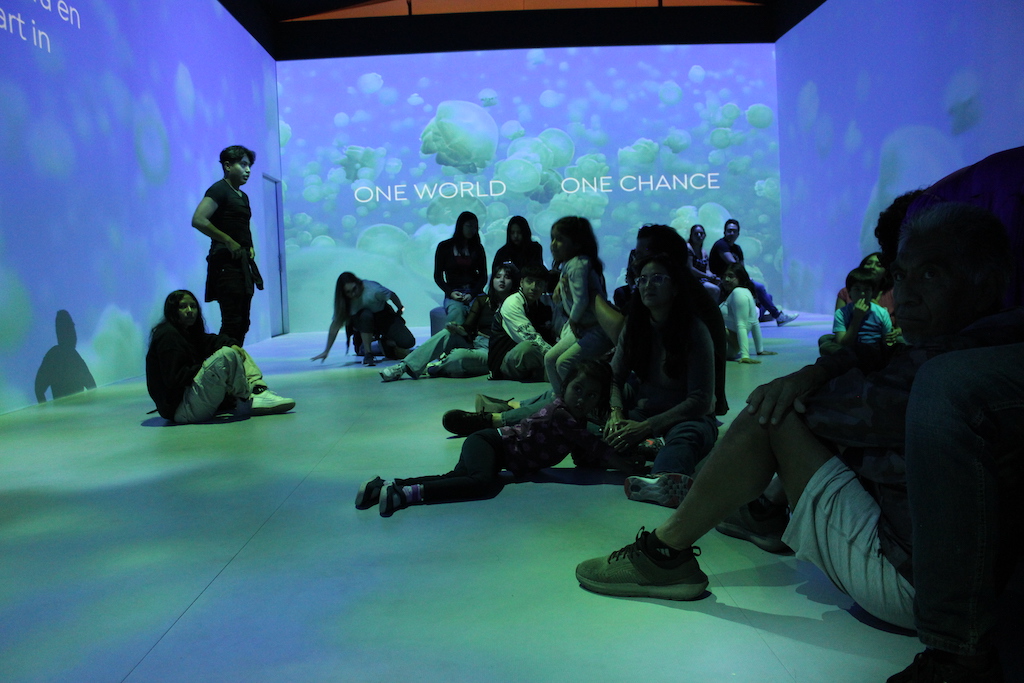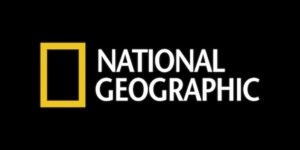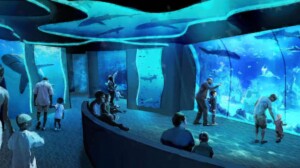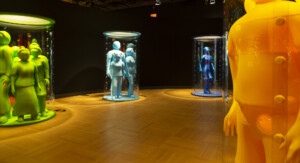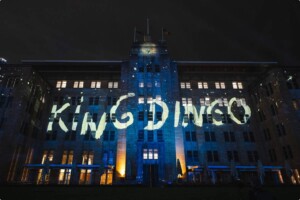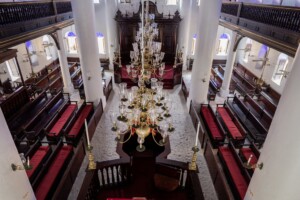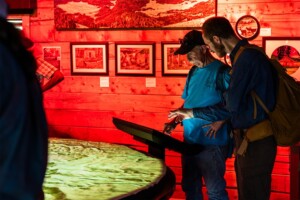One World, One Chance, an immersive experience created to celebrate the planet’s wonders and inspire visitors to take action, premiered at the Natural History Museum in Mexico City in November 2024.
This multimedia exhibition merges stunning visuals from the National Geographic Society with engaging sounds and 360° projections, crafting a distinctive sensory journey that takes visitors through diverse global ecosystems. The exhibition not only honours the planet’s beauty but also encourages reflection on the harmony between humanity and nature, highlighting the critical need to safeguard the biodiversity-rich environments around us.
One World, One Chance is a collaboration between National Geographic Society’s Campus & Experiences team, a leading creator and supporter of inspirational experiences that illuminate the wonder of our world through dynamic storytelling, innovative design and intentional collaboration of live events, experiences, and travelling exhibitions, and Oasis Immersive Studios, an entertainment organisation specialising in creating, displaying and distributing immersive experiences.
We speak with National Geographic and Oasis Immersive Studios to learn more about the creation of One World, One Chance as well as the message it aims to convey.
One World, One Chance at COP15
The project’s inception can be traced back to the fifteenth meeting of the UN Convention on Biological Diversity in Montréal in December 2022. The event took place at the Montreal Convention Centre, which also houses Oasis Immersion, Canada’s largest permanent immersive destination.
“The National Geographic team was attending with the goal of creating something impactful and memorable for the delegates,” says Jen Wallace, senior director of product/business development at National Geographic. “We partnered with Oasis to produce a 12-minute immersive experience designed to give delegates the feeling of being in nature—to inspire awe at the beauty and wonder of our planet.
“Our team at the conference represented the Campaign for Nature, a platform that National Geographic has supported for years as part of the 30×30 initiative, which advocates for protecting at least 30% of the planet by 2030. We felt this immersive experience could effectively communicate those themes.”
Denys Lavigne, cofounder and creative director of Oasis Immersive Studios, says: “Oasis became like the decompression space. We had the immersive room, but we also had a lounge where attendees came to chat and share their thoughts on how the negotiations were progressing and their perspectives. It is transformative when people from all over the world who have dedicated their lives to the conservation of the environment come together at that moment.
“We felt that there was a moment to leverage the power of immersive media… it can be pretty powerful from an emotional perspective.”
A historic event
Delegates had a chance to view the installation during COP 15, and the response was overwhelmingly positive. “The conference itself was historic, as the Kunming-Montreal Global Biodiversity Framework was adopted,” says Wallace. “This agreement aims to halt and reverse biodiversity loss, securing a better future for the planet. The immersive experience also fit perfectly into that mission, encapsulating our commitment to conservation, education, and connecting people with nature.”
“That show delivered what we wanted to share with the audience, which is that this is an important moment in our history,” adds Lavigne. “We need to step up.” In fact, one representative from Mexico was so moved that she immediately expressed a desire to bring the experience to Mexico City. That emotional connection and enthusiasm then laid the groundwork for what came next.
From there, bringing the installation to Mexico City was a complex process. “Many pieces had to align to make it happen,” says Wallace. “But ultimately, this project reflects how National Geographic combines programmatic work, grants, and storytelling to inspire action and advance our shared mission for the planet. Oasis Immersive Studios was an outstanding partner in helping realise this vision in Mexico. “
“In Mexico, we have an opportunity to inspire local communities’ involvement in achieving these objectives,” says Lavigne. “The show’s version presented there is adapted to Mexico’s context, in terms of priorities and approach, to optimise the connection with the audience.”
The visitor experience
The exhibition takes place within a black box space, custom-built for one of the historic stone halls of the Natural History Museum in Mexico City. Before entering, visitors go through a pre-entry space designed to set the stage. This area features messaging about what they’re about to experience and also includes a bespoke art installation.
“Additionally, a media piece in the pre-entry area serves as a powerful introduction,” says Wallace. “This segment highlights seven National Geographic Explorers from the Mexico and Latin America region, each recognised as a changemaker or innovator in their field. These Explorers range from photographers to citizen scientists to marine ecologists. The media piece showcases their work and inspires visitors by connecting them with local heroes driving change in the region.”
Once inside the immersive black box space, visitors are enveloped in a 12-minute experience with minimal text on screen—just breathtaking visuals and emotive music. The footage spans various natural scenes: vibrant ocean reefs, lush tree canopies, wildlife in their habitats, snow-covered mountain peaks, and mossy tundras.
“It’s a celebration of the Earth’s incredible biodiversity. The goal is to give visitors a moment to pause and fully appreciate the planet’s beauty. Through this sensory experience, we hope to spark a sense of urgency, encouraging people to care, take action, and change their behaviour to protect the natural world.”
This seamless blend of art, science, and technology creates a powerful emotional connection.
Connecting people with nature
The National Geographic brand is globally respected for excellence in media and storytelling, having built a legacy of over 137 years, including its iconic magazine.
“Since its founding in 1888, the Society has awarded over 15,000 grants to support groundbreaking work worldwide. These grants fund diverse changemakers called National Geographic Explorers who advance our mission to illuminate and protect the planet’s wonders,” says Wallace.
This immersive experience features stunning footage and emotive music while amplifying the work of Explorers. It provides visitors insight into urgent real-world issues and the innovative solutions that can solve them.
“National Geographic exhibitions powerfully share the discoveries and stories of the incredible individuals we support. With countless important stories, narrowing them down is challenging, but the result is always impactful and moving.”
The goal was to showcase diverse environments and biospheres, reflecting the beauty of our planet’s biodiversity.
“Mexico City, for example, is in a desert and subtropical highlands biome, so featuring environments unlike the local landscape was particularly impactful,” says Cynthia Doumbia, senior director of business development for exhibitions and immersive products at National Geographic.
“At the event launch, I was moved by the audience’s reactions to moments like a polar bear on an iceberg or dolphins breaching. For many, especially children, this immersive experience may be their only chance to see these environments.
“A standout moment was watching visitors interact with projected dolphins. People felt as if they were in the ocean with them. Reactions were incredible – children reaching out to touch the dolphins, adults marvelling at the experience. Witnessing how this transportive experience could connect people to places they may never visit was profoundly impactful and emphasised the importance of sharing these stories.”
Inspiring action
National Geographic’s storytelling relies on the idea that to care about an issue, one must see and understand it. Ideally, this understanding will then prompt people to shift their thinking or behaviour.
“With this exhibition, we hope to inspire visitors to make a difference in their communities—whether it’s being more mindful of sustainably sourced goods, understanding the fate of single-use plastics, protecting our oceans and freshwater ecosystems, and appreciating the importance of wild places,” says Wallace.
“When we protect these wild places, the ecosystems within them can thrive and carry on for generations. A key message of this experience is that nature is remarkably resilient when given the opportunity to heal and regenerate.”
Though not specifically featured in the exhibition, National Geographic’s Pristine Seas initiative exemplifies this concept. This program seeks to protect as much wild ocean as possible. It has established 29 marine protected areas globally, allowing reefs to regenerate and marine life to thrive. Remarkably, some bleached reefs have recovered after just 10 to 15 years of undisturbed use.
“Through this exhibition, we hope visitors walk away not only with a sense of awe at the beauty of our planet but also with a sense of hope—and a desire to take action. While humanity has a long way to go, we want people to feel empowered by the knowledge that, with care and effort, we can allow nature to flourish once again.”
An ideal venue for One World, One Chance
The Natural History Museum in Mexico City was perfect for this experience, says Doumbia:
“As we celebrate the National Geographic Society’s 137th anniversary, we reflect on our mission: promoting ‘the increase and diffusion of geographic knowledge.’ The Museum shares a similar mission. Founded 60 years ago—celebrating its anniversary in 2024—it’s an institution dedicated to disseminating natural sciences.”
With over 2,700 exhibits and 50,000 specimens, the museum fosters an appreciation of the natural world. Over the past two years, it has been renovating its iconic domes piece by piece, reimagining the space to engage visitors.
“We were approached by the president of the trust that oversees the museum with a proposal to collaborate on this exhibition. They envisioned this partnership as an ideal way to inspire their audience and promote conservation and education, and we wholeheartedly agreed. It’s a wonderful match of values and vision, making the museum an ideal home for this powerful experience.”
Reflecting on the task of bringing the exhibition to a new venue, Sophie Montmagny, producer at Oasis, says: “Immersive experiences are not straightforward to export from one specific place to another. So, we worked closely with the technical team in Mexico City and built a room within a room to accommodate the exhibit and the experience.
“This was quite a challenge, but in the end, it worked well. Another challenge was ensuring that the images from National Geographic looked good in the space, seamlessly connecting wall to wall and with the floor. It came together beautifully in the end, and we were really pleased with the result.”
Partnerships are key
Partnerships are essential in achieving the mission of illuminating and protecting the wonders of our world.
“We can’t do it alone—it requires collaboration from a diverse group of staff, partners, and supporters. Each provides unique perspectives and ideas that are critical to our work,” says Doumbia.
“There’s a fundamental complementarity between us,” says Lavigne. “They’ve been so committed to conservation for so many years, the knowledge, the data, the assets they’ve produced, and we came into this with our expertise in immersive media and how to create powerful experiences with a strong artistic perspective and relevant messages.
“When we launched Oasis, our goal was to create inspiring, uplifting experiences and connect topics to current times… We aimed for people to leave with lasting insights that could drive action.”
The teams also collaborated with local partners, such as the Televisa Foundation and the Natural History Museum in Mexico City, to connect the global conservation message of One World, One Chance with local relevance. These partnerships tailored the experience for Mexican visitors.
“We can’t just bring a perspective rooted in Washington, D.C. or the broader National Geographic lens. Adapting our approach to reflect the communities and cultures where we showcase our work is essential,” says Doumbia. “That’s how we ensure our message is impactful and meaningful, no matter where we present it.”
A powerful tool
Immersive experiences have become powerful storytelling tools because they are more impactful and memorable than content consumed on a phone, laptop, or TV.
“When you step into a space that surrounds you with 360-degree projected visuals and audio, it stays with you—it’s immediate, impactful, and ideally shared with others in the same visit,” says Wallace.
“When immersive media first started gaining traction, there was a lot of excitement around what it meant to create these experiences.” However, in some of the early iterations, there were missed opportunities. Some felt more like a collection of screensaver-like images rather than meaningful storytelling.
“What we’ve learned from producing our own immersive experiences is how much potential this medium has to truly engage audiences.”
These experiences can educate, inspire, and connect people in ways that are difficult to replicate elsewhere.
“Think about how impactful field trips to museums were for so many of us growing up—this feels like the next evolution, a chance to step into the story itself. Whether you’re surrounded by 360-degree visuals or projections on the floor that react to your movement, the feeling of being physically present amplifies the emotional resonance of the message,” she adds.
“There is also something special about shared, in-person experiences. They create lasting memories, exploring with family or friends. For me, this medium is like the next iteration of a truly great film—one you can actually step inside.”
What’s next?
One of National Geographic’s most significant upcoming projects is the mid-2026 opening of its newly renovated campus and museum in Washington, D.C.
“We are known for blending education and information through awe-inspiring imagery and global storytelling, and we’re excited to elevate this,” says Wallace. “The Museum of Exploration will be a unique public attraction with over 100,000 square feet of new space on our historic campus.”
This space will include immersive areas, education-focused galleries, an archives experience, and a state-of-the-art theatre. Visitors will also have opportunities to interact with National Geographic Explorers. The museum will feature dining, retail space, and other ways to bring people closer to the stories and mission.
“This is a massive step for our organisation, and we look forward to creating a space filled with inspiring storytelling and immersive exhibitions that spark curiosity and action.”
Meanwhile, for Oasis, Lavigne adds:
“We agreed that sharing the positive action message was powerful. This led to the development of another exhibit, in collaboration with National Geographic, called Root for Nature, a longer version of One World, One Chance. We’ve been presenting Root for Nature in Montreal since February, and it’s been popular. We’re also taking it on a multi-year tour to Spain.”
“This concept is something we’re actively developing because its core message fits well with many museums, especially natural history museums. Museums are increasingly open to integrating experiential components that combine educational, factual, and emotional elements, enriching the experience and adding balance.
“There are definite plans to continue building on this and sharing a universal message that remains a priority for the coming years.”
A message of hope from One World, One Chance
If there’s one message that the team hopes visitors take away from One World, One Chance, it’s a message of hope and resilience.
“The information we’ve received over the last 10 to 20 years has been intense and depressing,” says Lavigne. “We connected to the new positive action trend in the environmental world, focusing on what we can do now. We didn’t want to seem unrealistic, so we balanced the message but emphasised that we can make a difference. It’s still time, so let’s focus on positive action.
“This mindset resonated with us; we believe it’s essential for encouraging others to participate.”
“The natural world has shown us that it’s incredibly resilient when given the chance to heal,” says Wallace. “While the timing is urgent—hence the exhibit title—there’s still hope. We only have one planet, so we must care for this one.”
Doumbia adds: ” At its core, this exhibit is a powerful reminder of the extraordinary beauty surrounding us. Through captivating visuals and immersive storytelling, it not only celebrates the wonders of our planet but also highlights the delicate balance between humanity and nature.
“It’s a call to action, inspiring everyone who visits to take meaningful steps toward protecting our shared future. It’s one world, one chance—a beautiful tapestry that connects all of us.”
